
College Basketball Best Bets & Picks
Your Ultimate Resource for College Basketball Best Bets, News and Tips
At VSiN, we are dedicated to keeping college basketball fans informed with our comprehensive coverage of college basketball odds, news, and articles. From today's matchups to Vegas odds, betting splits, March Madness, and our CBB Betting podcast, we provide the resources you need to make the best NCAA basketball picks. Whether you're a die-hard fan or a sharp bettor, VSiN has got you covered. Stay on top of the action with up-to-date college basketball lines and odds, NCAA predictions, and more. Check out the links above or get right to the latest college basketball news below!
College Basketball News
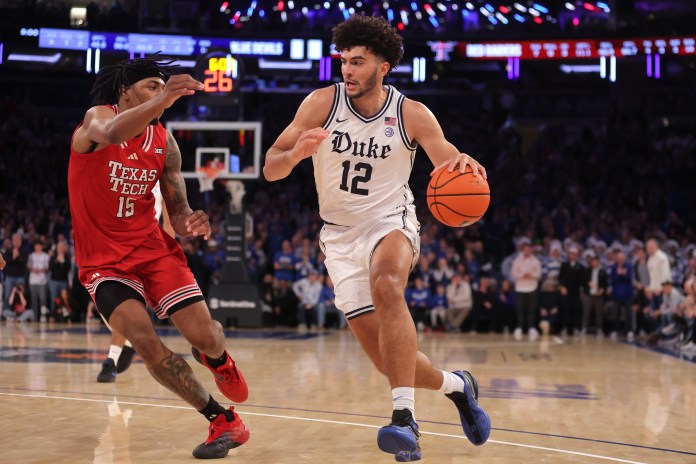
2026 College Basketball Futures Odds and Predictions
January 6, 2026
2026 College Basketball Futures Odds and Predictions: Now that college football is generating so much attention as it moves to its Final Four, let’s still...
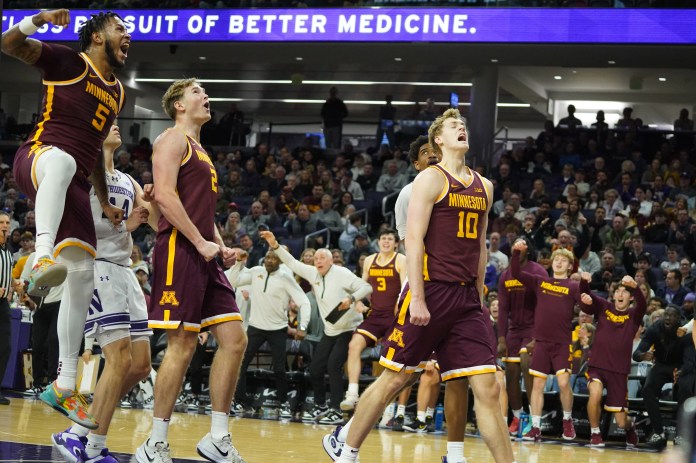
Pro Top Picks from the CBB Betting Splits for Tuesday January 6th
January 6, 2026
Today we have a loaded slate of College Basketball action on tap with 29 games to choose from. Let’s examine where smart money is leaning...

Pro College Basketball Picks for Tuesday, January 6 from Adam Burke
January 6, 2026
College Basketball Bets A list of 29 college basketball games appears for Tuesday, but we have some real bangers. This is not a quantity slate,...
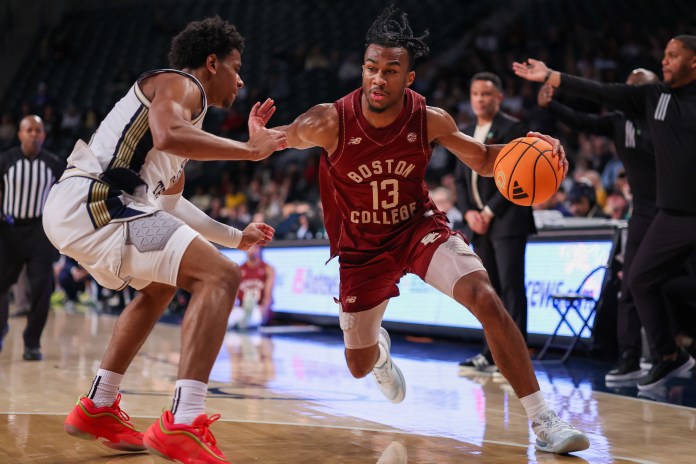
Pro Men’s and Women’s College Basketball Best Bets, Odds, and Predictions for Tuesday, January 6
January 6, 2026
Men’s and Women’s College Basketball Best Bets: Welcome back to the daily edition of men’s and women’s college basketball projections, courtesy of my proprietary ratings...
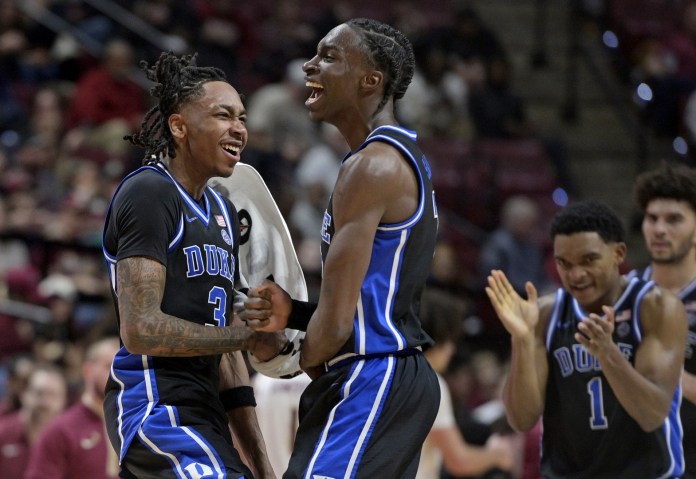
Pro College Basketball Picks Today: Greg Peterson Best Bets for Tuesday, January 6
January 5, 2026
College Basketball Picks Today: Expert college basketball handicapper Greg Peterson shares his top college basketball picks today for Tuesday, January 6. Check out Greg’s Daily College...
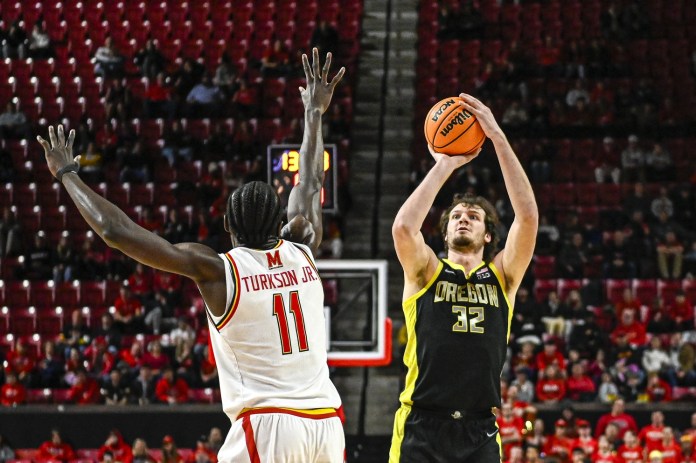
Pro College Basketball Picks for Monday, January 5 from Adam Burke
January 5, 2026
College Basketball Bets It is a light night in the college basketball world with 19 games and only a couple that really stand out, as...
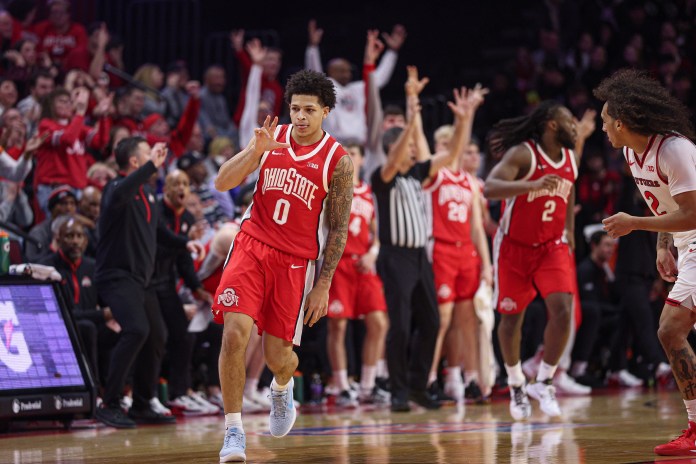
Pro Top Picks from the CBB Betting Splits for Monday January 5th
January 5, 2026
Today we kick off a new week with a 19-game College Basketball slate to choose from. Let’s examine where smart money is leaning for a...
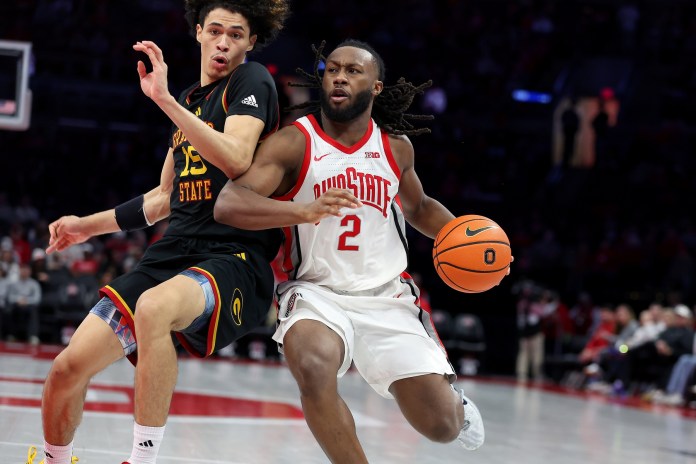
Pro Men’s and Women’s College Basketball Best Bets, Odds, and Predictions for Monday, January 5
January 5, 2026
Men’s and Women’s College Basketball Best Bets: Welcome back to the daily edition of men’s and women’s college basketball projections, courtesy of my proprietary ratings...
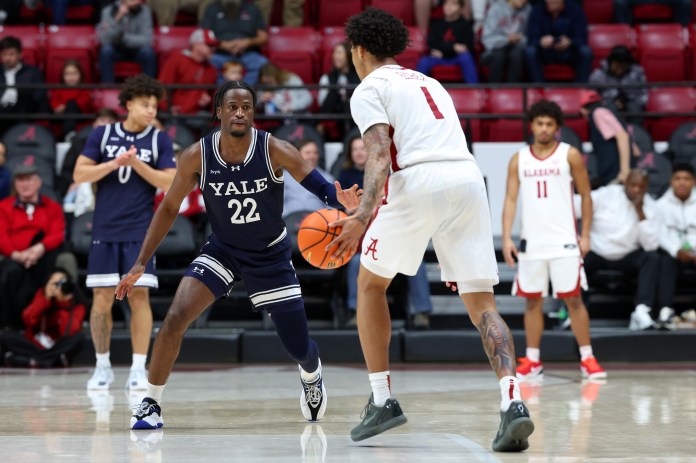
Pro College Basketball Picks Today: Greg Peterson Best Bets for Monday, January 5
January 4, 2026
College Basketball Picks Today: Expert college basketball handicapper Greg Peterson shares his top college basketball picks today for Monday, January 5. Check out Greg’s Daily College...
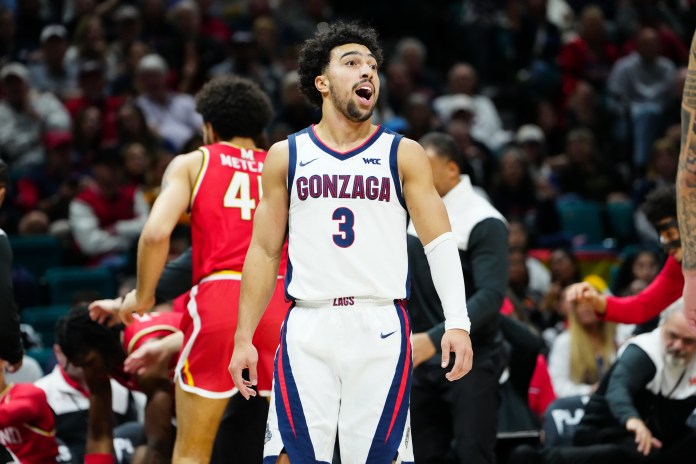
Pro College Basketball Picks Today: Greg Peterson Best Bets for Sunday, January 4
January 3, 2026
College Basketball Picks Today: Expert college basketball handicapper Greg Peterson shares his top college basketball picks today for Sunday, January 4. Check out Greg’s Daily College...
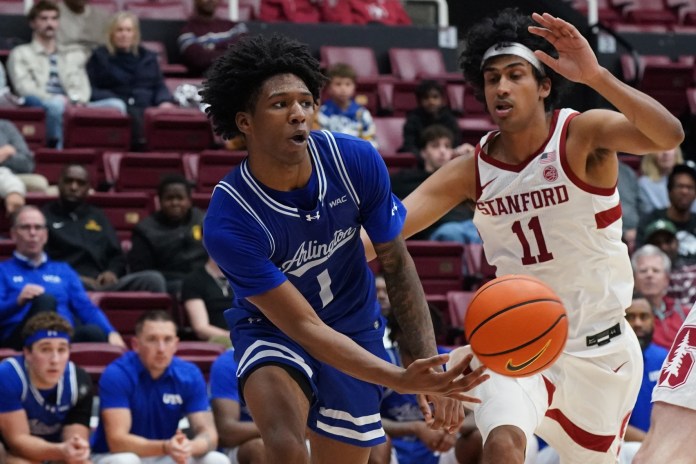
Pro College Basketball Picks for Saturday, January 3 from Adam Burke
January 3, 2026
College Basketball Bets It is a huge college hoops card, though late games are in fairly short supply, as we have well over 100 games...
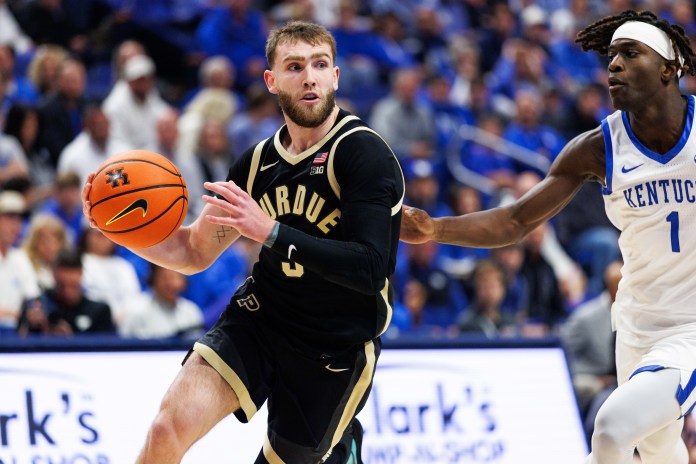
Pro College Basketball Picks Today: Greg Peterson Best Bets for Saturday, January 3
January 2, 2026
College Basketball Picks Today: Expert college basketball handicapper Greg Peterson shares his top college basketball picks today for Saturday, January 3. Check out Greg’s Daily College...

